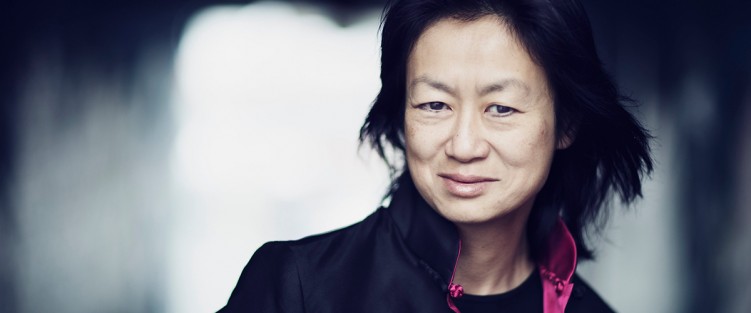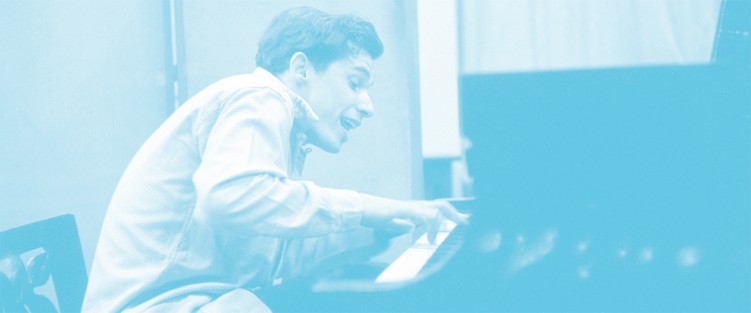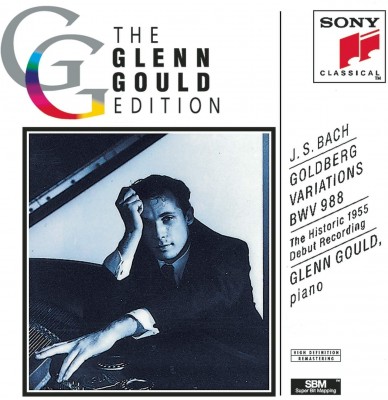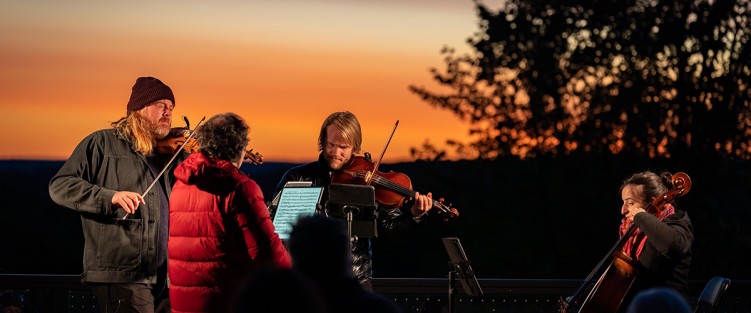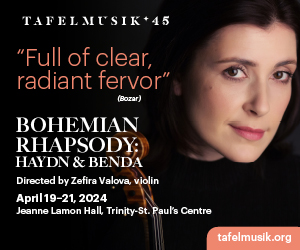Assessment as a Two-Way Street | Music School Auditions under Lockdown
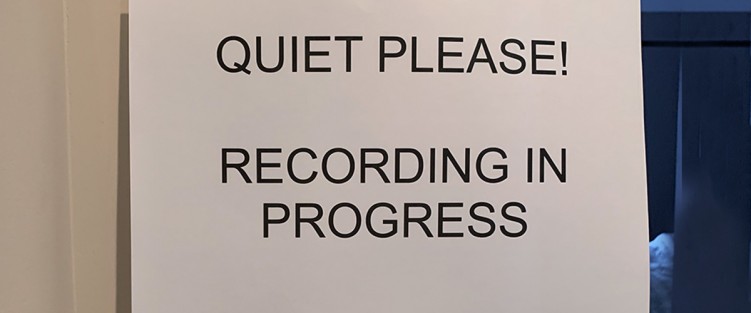 At the beginning of January, I received a call from a friend of mine – a drummer – who was in the process of applying to the Master of Music program in jazz at the University of Toronto. Had he been applying last year, he might have asked me to play with him for his live audition. This year – in the midst of January’s stringent lockdown protocols – he asked me to play on his audition video. This prompted a simple question: what does auditioning for a music program in the physically distanced winter of 2021 entail?
At the beginning of January, I received a call from a friend of mine – a drummer – who was in the process of applying to the Master of Music program in jazz at the University of Toronto. Had he been applying last year, he might have asked me to play with him for his live audition. This year – in the midst of January’s stringent lockdown protocols – he asked me to play on his audition video. This prompted a simple question: what does auditioning for a music program in the physically distanced winter of 2021 entail?
Many WholeNote readers – whether you’re a professional musician, community orchestra member, chorister, or the best damn Betty Rizzo that ever graced the stage of an Elgin County high school – will have some experience with the audition process, in a general sense. For what this usually looks like in an academic context – and how things are different this year – here is some background, drawn from my own experiences as a university music student, as well as two years spent as the admissions and student services manager at the RCM’s Glenn Gould School, from 2015 to 2017.
Postsecondary music program auditions are generally relatively simple affairs: applicants come to a room at an appointed time, play selections from a repertoire list assembled by the school, have a brief interview with the audition panel, and leave. The composition of the audition panel is, typically, dependent on the instrument group auditioning, and usually involves both faculty representatives (e.g. piano faculty for piano auditions) and representatives from academic leadership (e.g. a program head). The panel takes notes, discusses the auditions, and makes recommendations to an admissions committee, which then embarks on a lengthy administrative process that addresses itself to merit-based financial aid, program number targets, teacher requests, offers of acceptance and waitlist, and other decisions.


